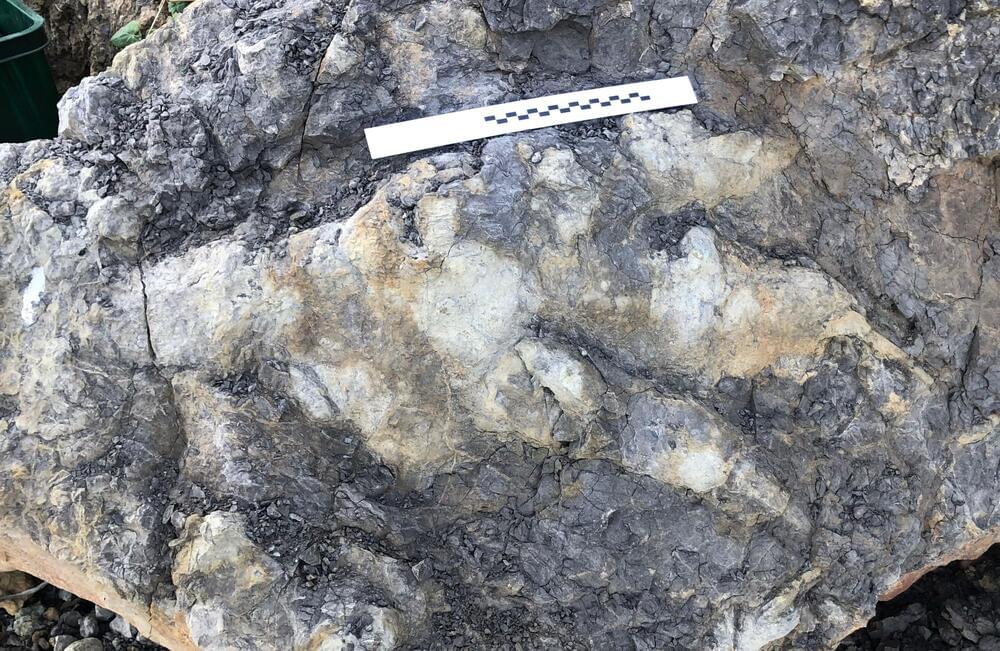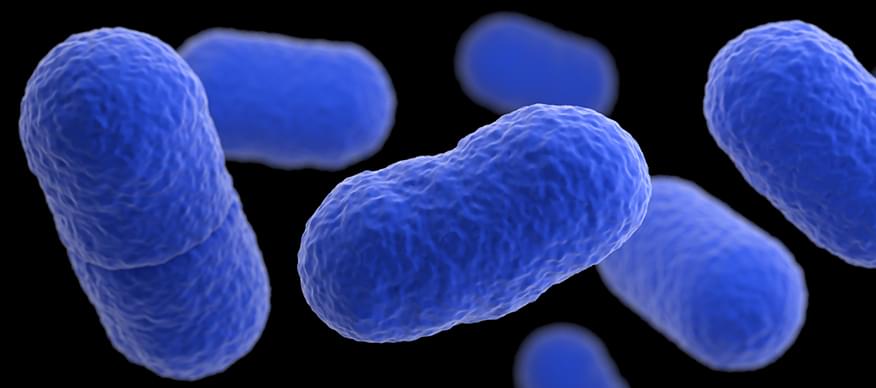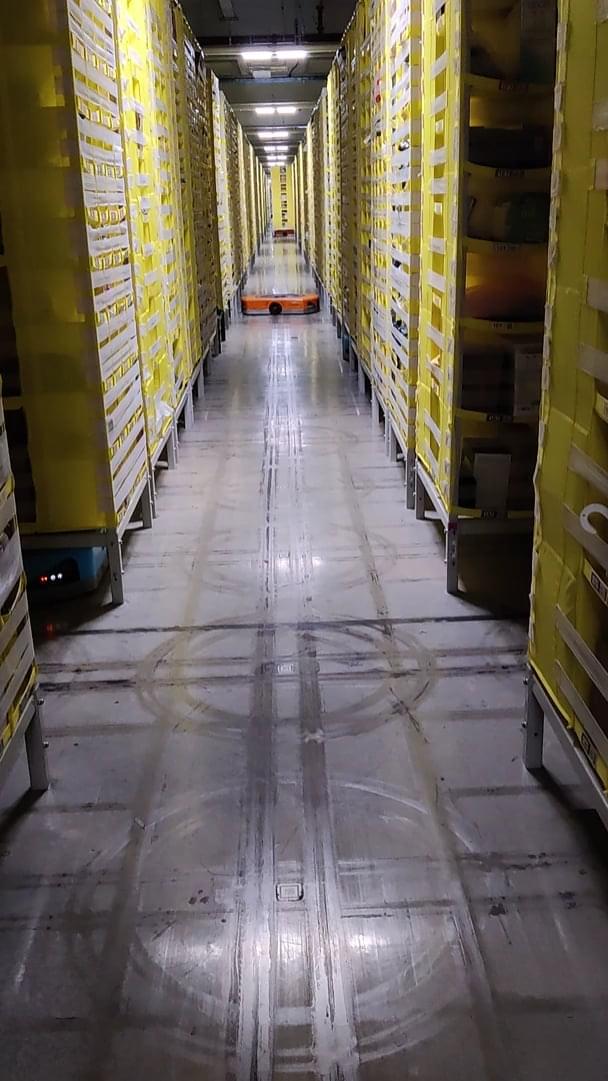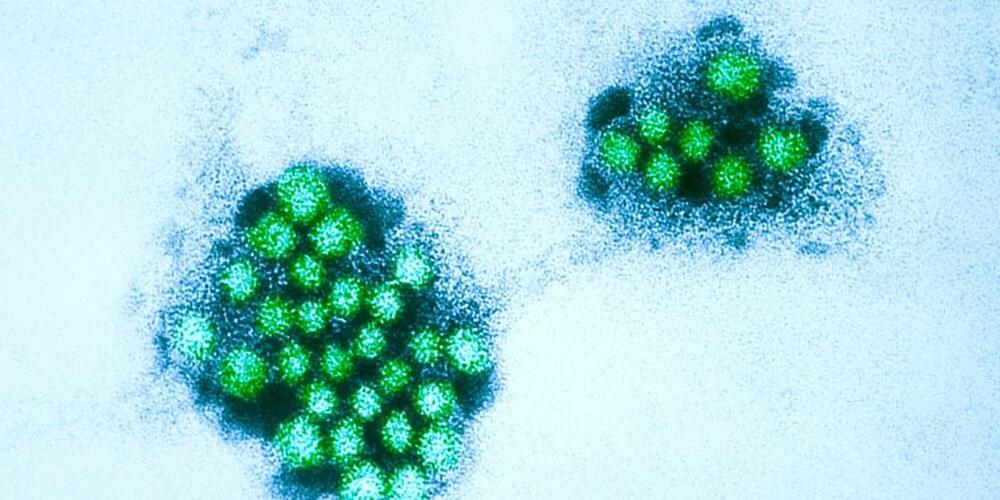Feb 16, 2023
Giant meat-eating dinosaur footprint is largest found in Yorkshire
Posted by Dan Breeden in category: food
An almost meter-long footprint made by a giant, meat-eating theropod dinosaur from the Jurassic Period represents the largest of its kind ever found in Yorkshire. Curiously, the unusual footprint appears to capture the moment that the dinosaur rested or crouched down some 166 million years ago.
The Yorkshire coast is renowned for producing some visually and scientifically incredible fossils, including thousands of dinosaur footprints. A popular destination for professional paleontologists and fossil fans, people come from far and wide to see what they can find; however, it is not every day that a footprint measuring 80 centimeters in length is discovered.
This record-breaking print was found by local archaeologist Marie Woods in April 2021. She had gone out along the coast and found this amazing fossil completely by chance. In her excitement and disbelief, Marie made contact with local fossil experts, but none were aware of the track she was describing. Following this, she then contacted Dr. Dean Lomax, a paleontologist affiliated with The University of Manchester and author of “Dinosaurs of the British Isles.”

















